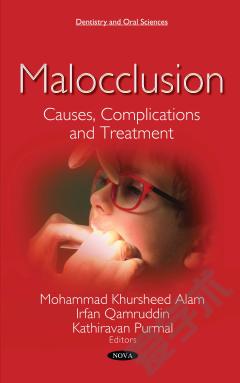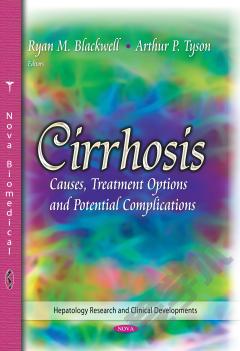Quadriplegia: Causes, Complications and Treatments
Quadriplegia is a consequence of cervical spinal cord injury resulting in the significant loss of physiological function; both sensory and motor. One key challenge of quadriplegia, which distinguishes this specific high level of spinal injury from other lower levels of injury, is that of thermoregulation. From a sensory perspective, there is reduced afferent information from the skin and deep body temperature receptors, thus reducing the level of thermal input to the hypothalamic thermoregulatory centre. In Quadriplegia: Causes, Complications and Treatments, the authors evaluate the literature pertaining to thermoregulation in persons with quadriplegia at rest and under a range of thermal challenges such as heat, cold and exercise, comparing to paraplegia where appropriate. Classification of spinal cord injury assesses the remaining sensory and motor function.
{{comment.content}}








 京公网安备 11010802027623号
京公网安备 11010802027623号